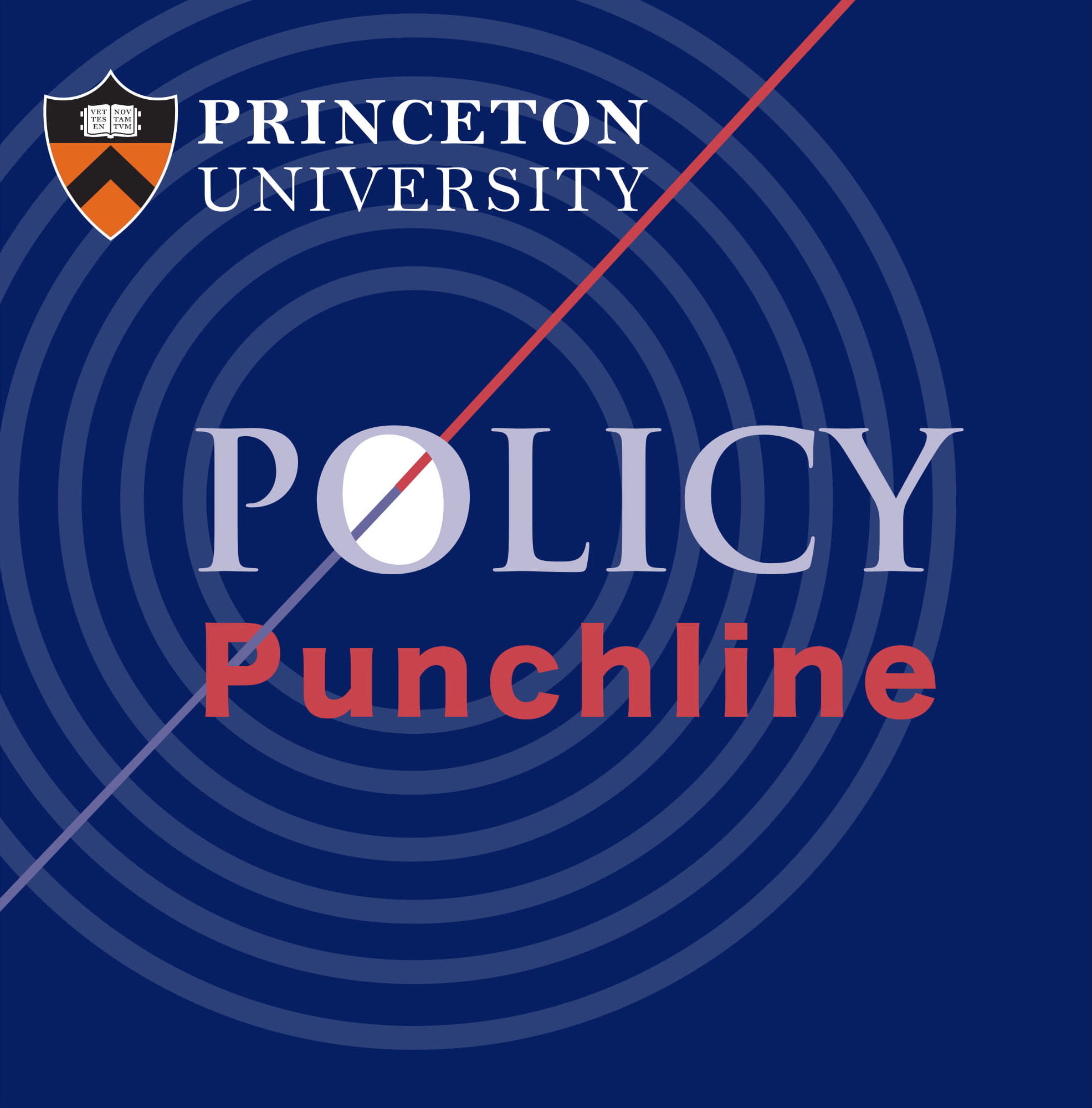Power of the Camera: How Documentaries Personalize Policy
Samuel George is a documentary filmmaker that has gone into each of his projects with the simple goal of listening. Sam describes himself as a filmmaker and analyst for the Bertelsmann Foundation focusing on the intersection of economics, politics, the digital revolution, and daily life. Filming on the ground from the Turkish – Syrian border to the factories of Juarez, Mexico, the films dive inside critical crossroads around the globe.
Traveling abroad to places like Turkey, Latvia, India, Mexico, and other cities in the US, Sam captures the lives of the people on the ground, humanizing the individual experience of the public policy in a unique way that only a documentary film can capture. Sam interviews both policymakers and ordinary people to enter the lives of people that are often neglected.
We start the interview with Sam’s journey towards documentary filmmaking and why he thinks it’s a powerful medium for policy discussions. Guided by a philosophy of “show, don’t tell,” Sam argues that documentary films allow viewers to enter the lives of people in a way that isn’t possible through text or a policy report.
Kenneth, Annie, and Sam explore the production process of documentary filmmaking and what happens behind the camera. In his latest work, Go-Go City: Displacement in Washington, DC, Sam reveals that he captured 55 terabytes worth of video and only used 8 gigabytes for the final documentary. How do filmmakers decide what goes in the film and what gets cut? When filmmakers go to a site for filming, do they have a plan of what they’re going to capture? Do documentary filmmakers have an agenda in their productions? Do they have to have an agenda?
His most recent work, Go-Go City explores the intersection of Washington DC’s iconic Go-Go music and the Black Lives Matter protests that took over the streets following the death of George Floyd. Sam, a resident of the capital, explores gentrification in his documentary in three ways: housing, small business, and culture. Though they are all distinct, Sam argues that they are all interconnected in their battle against gentrifying forces pushing them out of the city.
Focusing their time on the individual lives of the local population, Sam’s documentaries have a clear mission to offer viewers a fair representation of the culture and community shown to audiences. Sam dives into the relationship between the filmmaker and the portrayed community. He addresses the interpersonal dynamics of filmmaking and the relationships developed behind the camera.
Samuel George

